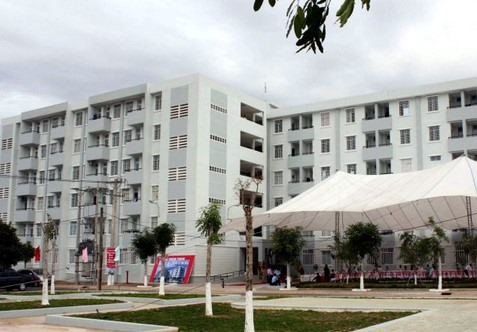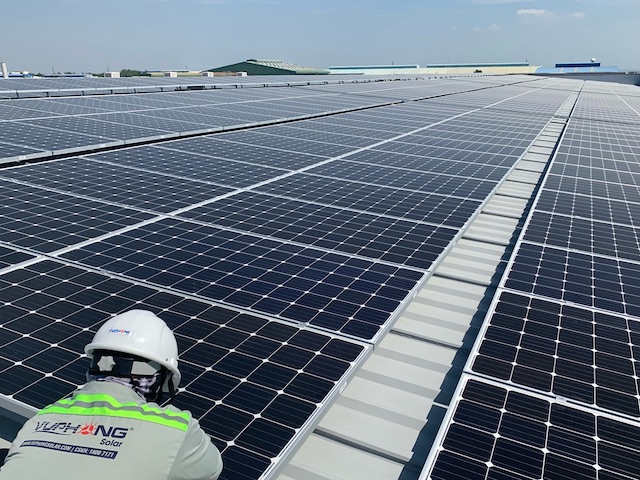| |
| The Ministry of Industry and Trade urges the Vietnam Oil and Gas Group (PetroVietnam) to keep a close watch on global market developments and take measures to cope with falling crude oil prices as a result of the epidemic. — Photo pvn.vn |
HÀ NỘI — The Ministry of Industry and Trade has instructed State-owned coal and oil-gas producers to develop measures to respond to impact of the acute respiratory disease caused by the COVID-19 outbreak.
The ministry asked the Vietnam National Coal – Mineral Industries Holding Corporation Limited (Vinacomin) and the military-run Đông Bắc Corporation to prepare for the negative impacts of the epidemic, saying they must prepare sufficient personnel, equipment and supplies for coal production and distribution, and to ensure stable supply for customers, especially power producers.
It also ordered the Vietnam Oil and Gas Group (PetroVietnam) to keep a close watch on global market developments and take measures to cope with falling crude oil prices as a result of the epidemic.
Since the epidemic began, Brent crude oil prices have plunged from around US$65 per barrel to $57 per barrel, dropping below the $60 per barrel forecast in the State budget for this year.
The three groups must also accelerate key coal and oil production projects and report any major difficulties or bottlenecks to authorities.
Việt Nam’s coal imports have been on a rise over the past few years, mostly used for coal-fired power plants.
According to Vinacomin, the country imported about 36.82 million tonnes of coal in the first 10 months of last year, up 112.3 per cent from the same period in 2018. China was among Việt Nam’s four largest coal suppliers, together with Indonesia, Australia and Russia.
Under the national Power Development Plan VII, a total of 60,000MW is expected to be generated in Việt Nam in 2020, with coal-fired plants accounting for 42.7 per cent, followed by hydropower (30.1 per cent), gas-fired plants (14.9 per cent), and renewables (9.9 per cent). — VNS
































